What is the difference between the long-finned and the short-finned pilot whale? Andrew Kitchener explains how the examination of the skull of a stranded whale revealed the true identity of the species and the most northerly stranding of a short-finned pilot whale in the northeast Atlantic.
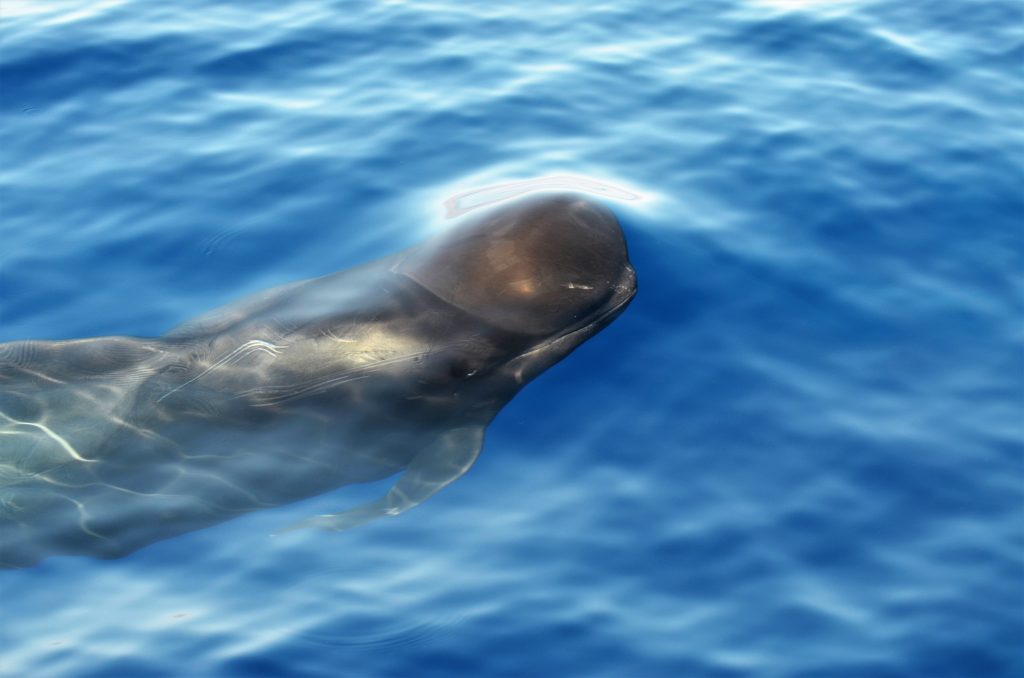
Pilot whales usually occur in large pods in deep water, migrating each year back and forth along the edge of the continental shelf in the North Atlantic Ocean. So, when a pilot whale was seen in the Milford Haven area of Pembrokeshire, in west Wales in March 2012, it was certainly not in the right place. It was also clearly not well because it was alone and prone to stranding, people were able to approach it closely at sea and most of the time it was logging, resting at the surface and not moving, so there were concerns about its health and welfare.
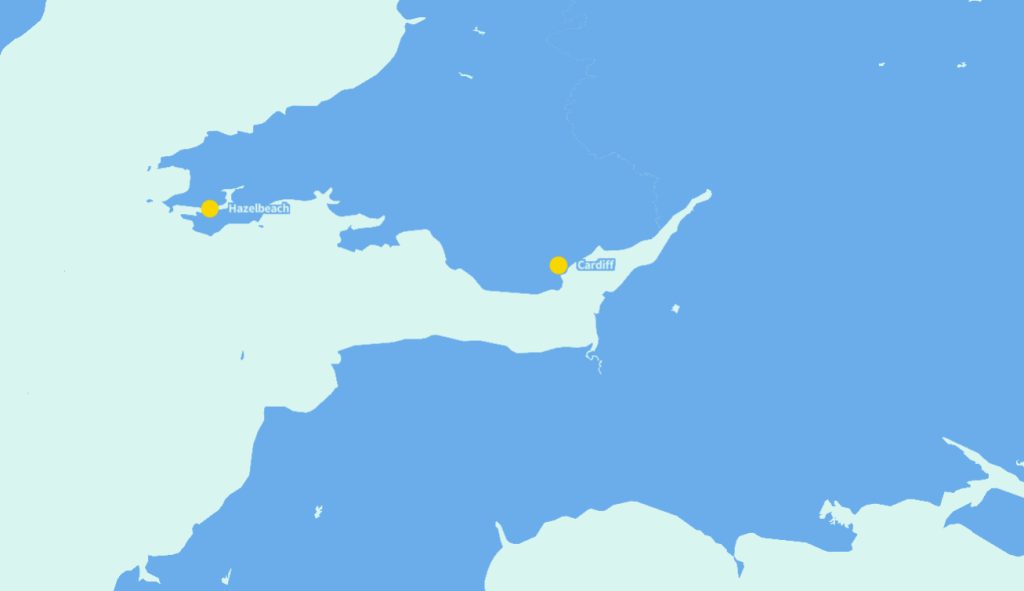
Eventually, the decision was made to humanely euthanase it in shallow water off Hazelbeach. Rob Deaville of the Cetacean Stranding Investigation Programme (CSIP) carried out a post-mortem examination on the dead whale. He found that it had not fed for some time and had a moderate to severe parasite burden in its stomachs and intestines. Rob collected the head of the pilot whale, which stayed in a freezer at CSIP’s base at the Institute of Zoology at ZSL London Zoo until it was donated to National Museums Scotland early last year.
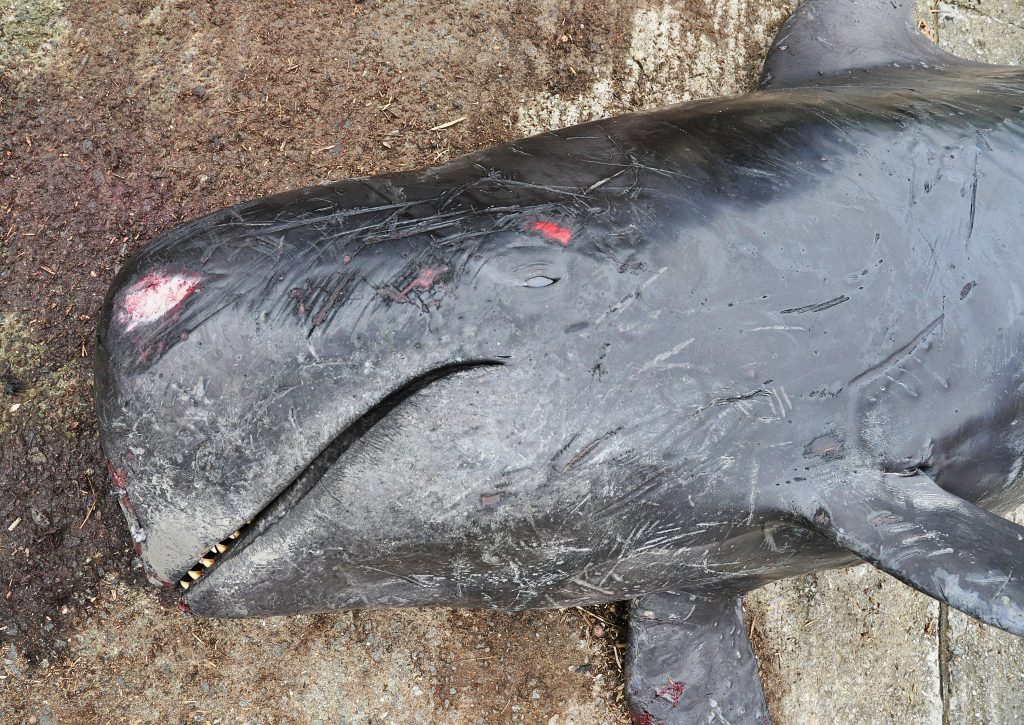
Pilot whales are large dolphins that grow to more than six metres long. There are two species. The long-finned pilot whale occurs commonly in British waters and sometimes strands in large numbers, whereas the short-finned pilot whale has never been recorded in British waters, but is found in warmer seas from the north of Spain southwards.
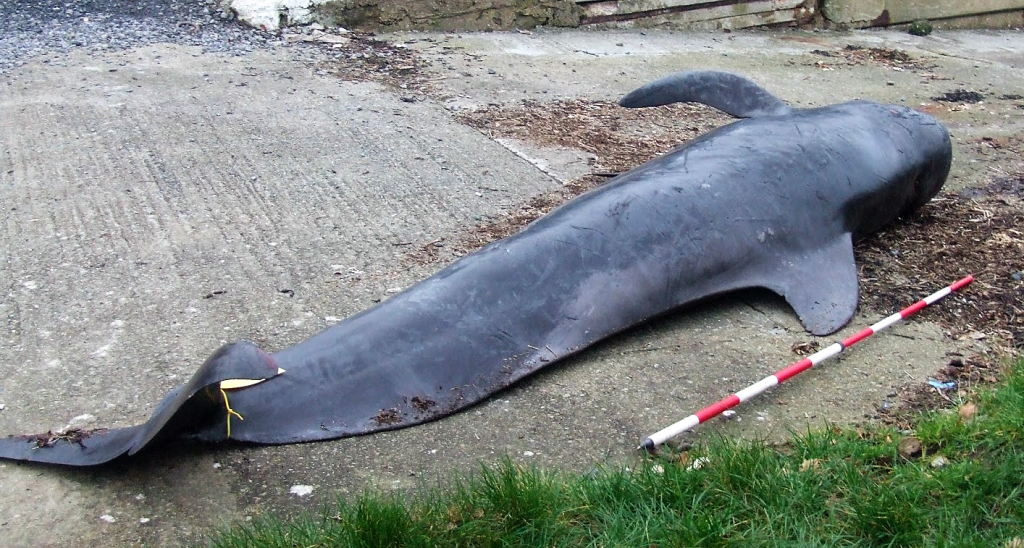
When the Hazlehead beach pilot whale was examined, it was assumed that it was a long-finned pilot whale, like all the previous stranded pilot whales in Britain. In fact, the two species are quite hard to tell apart externally, especially at sea. The pectoral fins are of different lengths as their names suggest, about one-fifth of body length in long-finned pilot whales and one-sixth in short-finned pilot whales, but there is some overlap in fin length.
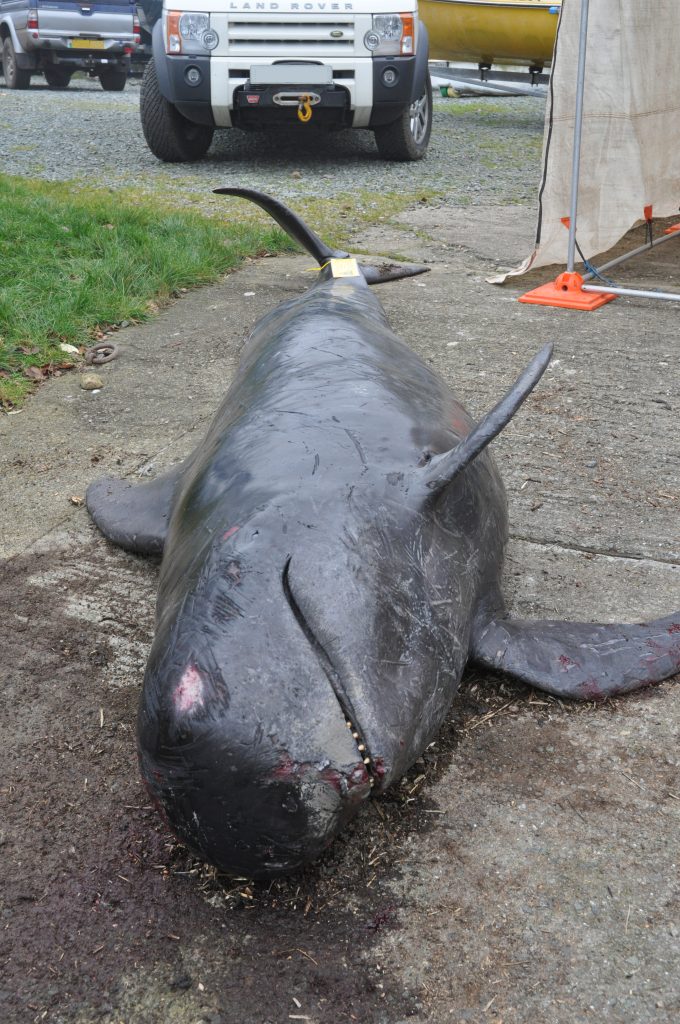
The skulls are also similar, but there are two key differences. Short-finned pilot whales have fewer teeth and the anatomy of their rostrum or upper jaw is different to the long-finned pilot whale’s. When our curatorial preparator, Georg Hantke, had cleaned up the skull, he could immediately see that this was not a usual long-finned pilot whale. By carefully examining the skull, we were able to conclude that the Hazlehead beach whale is Britain’s first short-finned pilot whale and the most northerly stranding of this species in the northeast Atlantic.
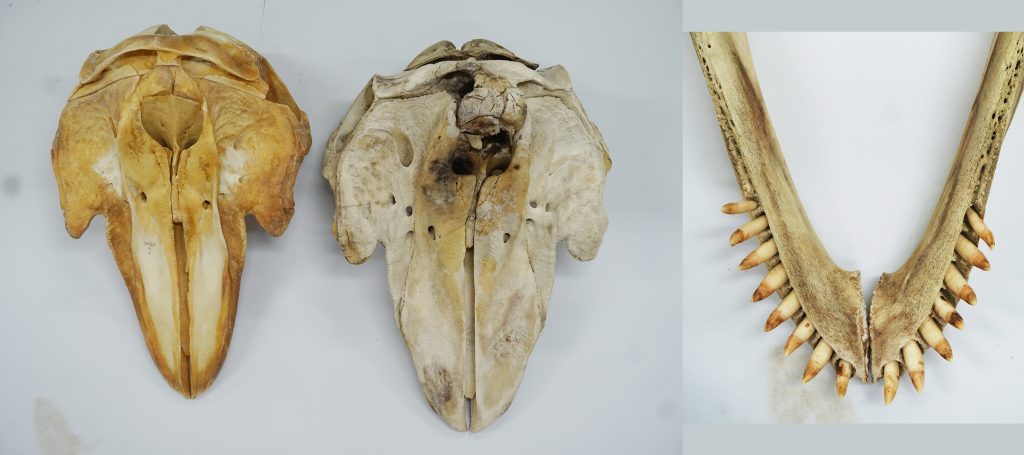
While it is good news that we have another cetacean species in Britain, it may also be bad news, indicating that global climate change is allowing another warm-water species to move into British seas and possibly out-compete resident cold-water species, such as the white-beaked and Atlantic white-sided dolphins.
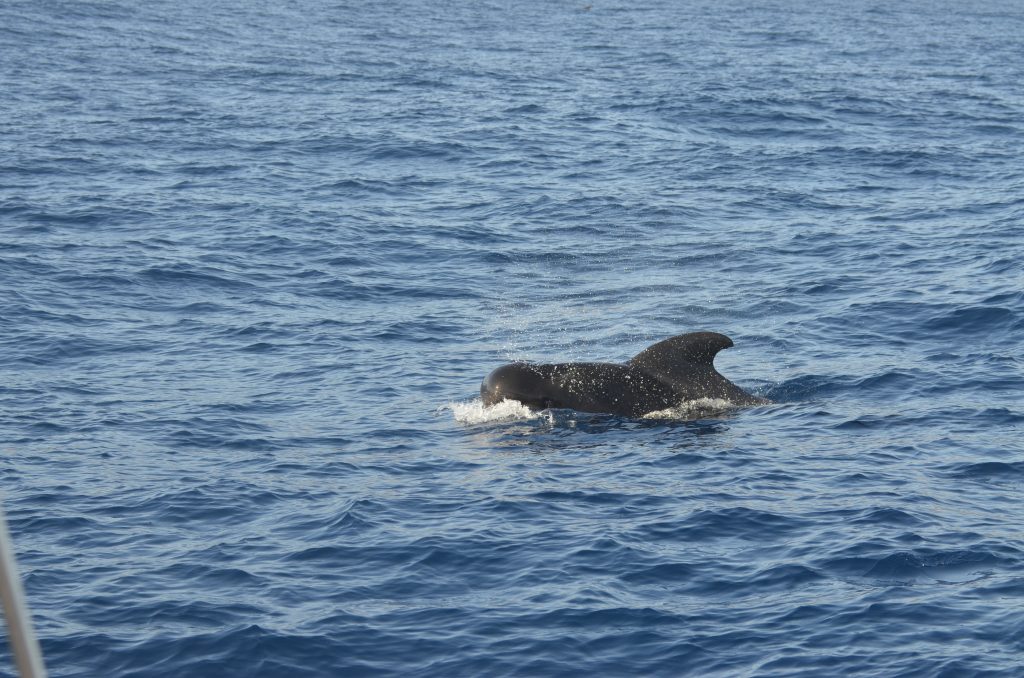
Over the last 30 years we have recorded several new warm-water species in Scotland or Britain, including striped dolphin, Blainville’s beaked whale, pygmy sperm whale, dwarf sperm whale, Fraser’s dolphin and now the short-finned pilot whale. The impact, if any, on resident species is not clear, although there is evidence that white-beaked dolphin may be moving further north.
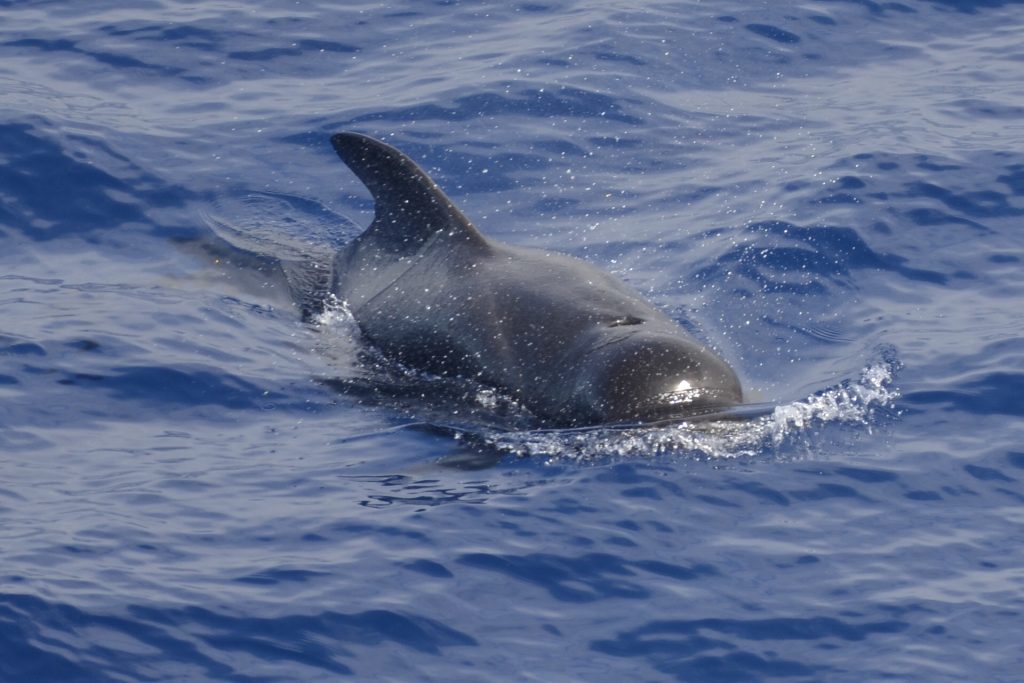
Strandings schemes, such as CSIP in England and Wales, and the Scottish Marine Animal Strandings Scheme, are vitally important in monitoring the patterns of strandings and the health and welfare of wild cetaceans around Britain. National Museums Scotland works closely with both strandings schemes to ensure that there is an archive of specimens which is freely available for global research that supports the conservation and greater understanding of the cetaceans in the northeast Atlantic Ocean.
